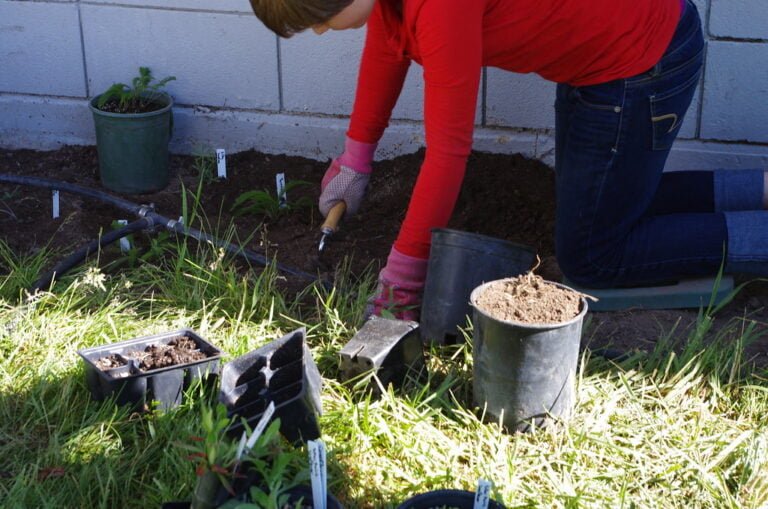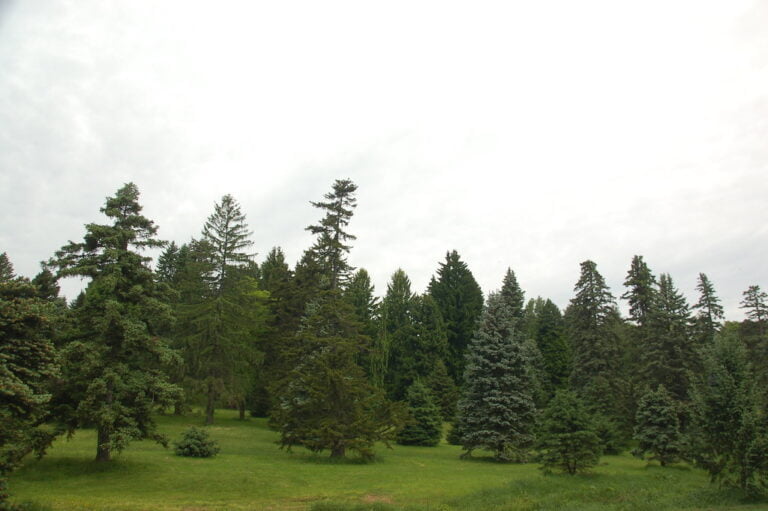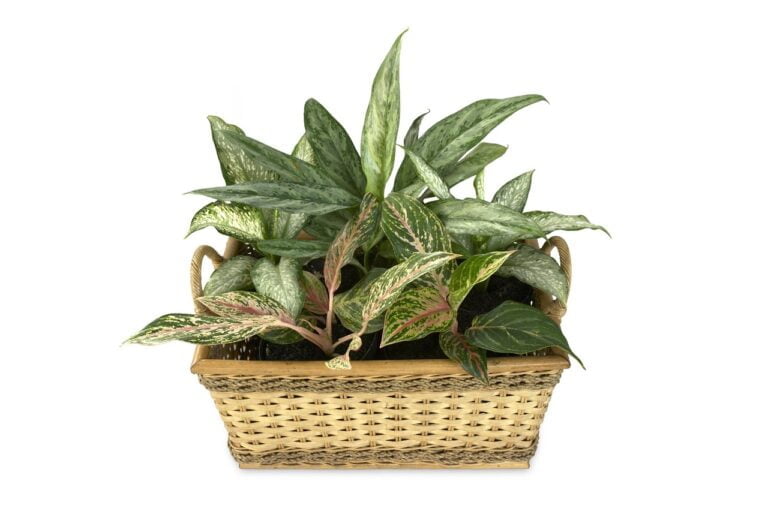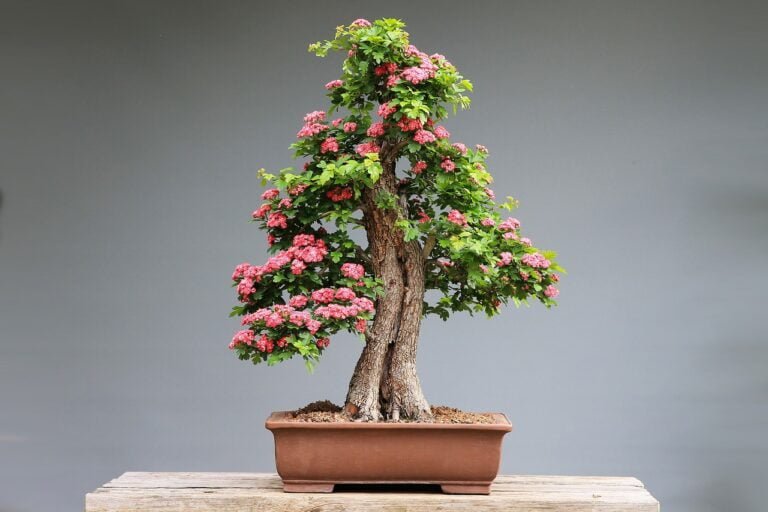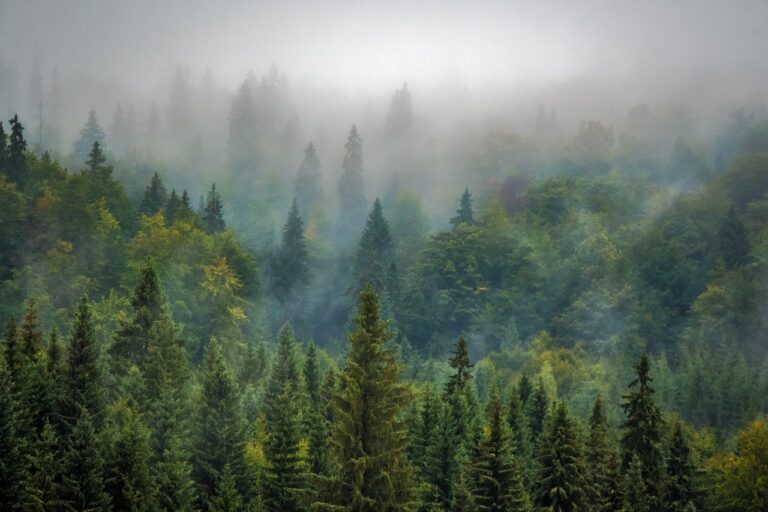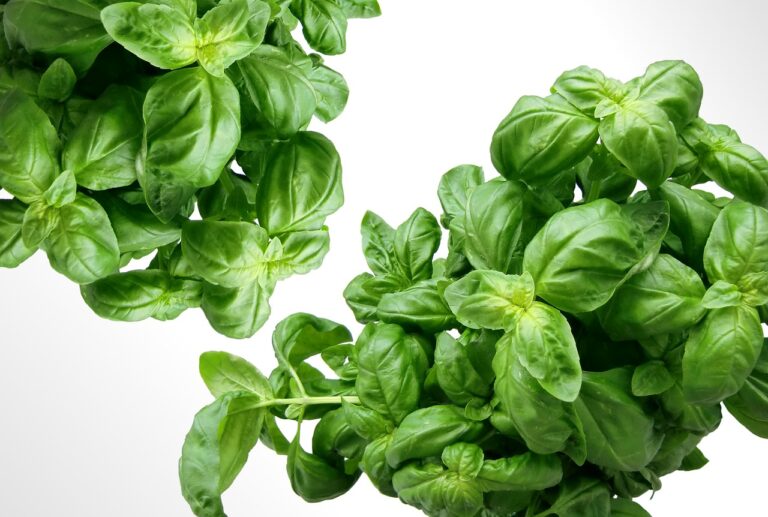Creating a Wildlife-Friendly Garden: Attracting Birds, Bees, and Butterflies With the Right Plants
To establish a lively wildlife-friendly garden bustling with birds, bees, and butterflies, select plants that fulfill their dietary requirements and color preferences. Bees adore pollen and nectar, while hummingbirds and butterflies are attracted to nectar-producing blossoms. Choose a varied selection of pollinator-friendly plants such as Monarda (bee balm), echinacea, Rudbeckia (black-eyed Susans), asters, and zinnias to lure different species. Plan your garden layout to provide diverse habitats, blooms throughout the seasons, and essential resources. By integrating water features, shelters, and indigenous plants, you can create a hospitable sanctuary for wildlife. Enhance biodiversity and ecosystem well-being by establishing a harmonious ecosystem.
Selecting Pollinator-Friendly Plants
When selecting plants to attract pollinators to your garden, it is essential to consider their specific nutritional requirements and color preferences. Bees, for instance, require both pollen and nectar for sustenance, while hummingbirds and butterflies primarily seek nectar. To cater to these needs, incorporating a variety of pollinator-friendly plants is vital. Monarda, also known as bee balm, stands out as a rich nectar source for pollinators, making it a great addition to any wildlife-friendly garden. Furthermore, plants like coneflowers, black-eyed Susans, asters, and zinnias not only offer nectar but also serve as pollen sources, attracting a diverse range of pollinators.
When it comes to attracting specific pollinators based on color preferences, it’s important to note that bees are attracted to white, yellow, and blue blooms, while birds, especially hummingbirds, are more drawn to red, orange, and white flowers. By incorporating a mix of these colored blooms into your garden, you can create an inviting environment for a variety of wildlife.
Ensuring a continuous food source for bees, butterflies, and birds throughout the seasons is essential for maintaining a thriving ecosystem in your garden. By carefully selecting pollinator-friendly plants that provide both nectar and pollen, you can create a sanctuary that supports these essential creatures year-round.
Planning Garden Layout for Wildlife
When planning your garden layout for wildlife, it’s essential to think about the benefits of plant diversity, creating habitats that cater to various species, and selecting plants that bloom at different times of the year. By incorporating these elements into your garden design, you can attract a wide range of birds, bees, and butterflies, providing them with essential resources throughout the seasons. Remember to include resting spots, nesting areas, and shelters to make your garden a welcoming haven for wildlife.
Plant Diversity Benefits
How can a wildlife-friendly garden arrangement benefit from including plant variety for attracting a broader range of pollinators and wildlife species? Plant diversity plays an important role in creating a thriving ecosystem in your garden. By incorporating a variety of plants with different flower shapes and colors, you can attract a diverse group of pollinators such as bees, butterflies, and birds. This diverse range of plants not only provides food sources but also creates habitats for various wildlife species. A well-planned garden layout with plant diversity supports the entire life cycle of pollinators, ensuring sustainability. Including a mix of annuals, perennials, and edibles further enriches biodiversity, contributing to a healthier and more vibrant garden ecosystem.
Wildlife Habitat Creation
To establish a thriving wildlife habitat in your garden, it is vital to thoughtfully design the layout with a wide selection of plants customized to attract and support different bird, bee, and butterfly species. Incorporating native plants is essential as they provide a natural food source and shelter specific to local wildlife. Plan for continuous bloom throughout the seasons to guarantee a year-round food source for pollinators. Including water features like birdbaths and ponds can attract and sustain wildlife in your garden. Structures such as bee hotels and butterfly houses offer additional shelter and protection for pollinators, enhancing the overall habitat creation. By designing a wildlife-friendly garden layout with these elements in mind, you can create a welcoming environment for a variety of species.
Seasonal Plant Selection
In crafting a wildlife-friendly garden layout, my focus is on selecting seasonal plants that bloom year-round to guarantee a consistent food source for pollinators. By incorporating native plants with seasonal blooms, I confirm a diverse selection that caters to the needs of birds, bees, and butterflies. Strategic planning of planting early spring and late fall flowers supports pollinators during vital times, contributing to the ecosystem balance. Maintaining continuous food sources throughout the year is essential for the well-being and survival of wildlife. This approach not only attracts a variety of pollinators but also helps in creating a sustainable and wildlife-friendly environment in my garden.
Incorporating Habitat Elements
When creating a wildlife-friendly garden, incorporating habitat elements like water sources and shelter options is essential for attracting birds, bees, and butterflies. Native plants play a pivotal role in providing a food source and creating a familiar environment for local wildlife. By including a variety of plant species, you can offer a diverse menu for pollinators, supporting their nutritional needs throughout the seasons. Additionally, these plants serve as shelter and nesting sites, enriching the overall habitat.
Water sources, such as birdbaths and ponds, are essential for wildlife, offering hydration and bathing spots. Including these elements can attract a wide range of species to your garden. Shelter options like bee hotels and butterfly houses provide crucial spaces for insects to rest, nest, and seek protection from predators and harsh weather conditions. Creating sun-drenched resting spots and areas of bare soil can specifically benefit ground-nesting bees, further vitalizing the garden environment.
Installing shelters like butterfly boxes and birdhouses offers additional nesting and roosting opportunities for various wildlife. These structures not only enrich the aesthetic appeal of your garden but also contribute to the overall health and sustainability of the ecosystem. By incorporating these habitat elements thoughtfully, you can create a welcoming environment that supports the well-being of birds, bees, and butterflies in your garden.
Implementing Natural Pest Control Methods
Beneficial insects like ladybugs and lacewings play an essential role in naturally combating pests in the garden. By attracting these predatory insects, one can decrease the population of harmful pests without the use of chemicals. To encourage predatory insects, it is advantageous to plant a variety of flowers and herbs in the garden. This diversity provides habitats and food sources for these beneficial insects, helping to maintain a healthy balance in the ecosystem.
In addition to attracting beneficial insects, implementing natural pest control methods such as introducing beneficial nematodes can effectively manage soil-dwelling pests like grubs and caterpillars. These microscopic organisms can be applied to the soil and will actively seek out and parasitize the larvae of various pests, reducing their numbers naturally.
Furthermore, using physical barriers like row covers can protect plants from pests, acting as a shield against insects and other small animals. Companion planting with pest-repelling plants like marigolds and chives is another effective strategy. These plants emit odors that deter harmful insects, creating a natural barrier that safeguards your garden.
Incorporating these natural pest control methods not only helps in managing pest populations but also promotes a healthier garden ecosystem overall.
Sustaining a Balanced Ecosystem
To maintain a harmonious ecosystem in a wildlife-friendly garden, prioritizing the nourishment of a variety of pollinators like bees, butterflies, and birds is important. Supporting these pollinators through the strategic planting of native plants is essential for the overall health and sustainability of the ecosystem. Native plants offer essential food sources and shelter for local pollinators, aiding in the establishment of a balanced ecosystem.
By creating suitable habitats and food supplies for pollinators, gardeners play a significant role in preserving biodiversity within their gardens. The presence of a diverse array of pollinators indicates a well-balanced ecosystem that supports plant reproduction and overall ecosystem vitality. Choosing the right plants that cater to the needs of various pollinators is key to fostering a thriving and wildlife-friendly environment.
Enhancing the habitat for pollinators not only benefits the garden but also contributes to the resilience of the entire ecosystem. A balanced ecosystem, rich in biodiversity, is more adept at withstanding external pressures and disturbances. Therefore, by consciously selecting plant species that support pollinators and their reproductive cycles, gardeners actively participate in the conservation of a healthy and sustainable ecosystem.
Maximizing Plant Diversity for Pollinators
How can we enhance our garden to optimize plant variety for pollinators? To attract butterflies and bees into our gardens, it is important to plant a diverse array of flowers that bloom at various times throughout the year. This continuous blooming cycle guarantees a steady food source for pollinators. Different flower shapes attract different insects, enriching the diversity of pollinators that visit our garden. It is vital to plant native species as they are well-suited to the local environment and provide nectar that pollinators like bees and butterflies need.
To truly maximize plant diversity for pollinators, we should also consider including host plants for caterpillars. Caterpillars feed on specific plants, so incorporating these host plants into our garden ecosystem supports the complete life cycle of butterflies and moths. Researching local butterfly and moth species can guide us in selecting the right plants that cater to their needs and life cycles.
In addition to providing nectar-rich flowers and host plants, offering water sources in the garden creates a more attractive habitat for pollinators. By avoiding pesticides, we protect the food sources of butterflies and maintain a healthy ecosystem that can attract pollinators into our garden. Through a thoughtful selection of plants and mindful gardening practices, we can create a vibrant and welcoming space for a variety of pollinators.

